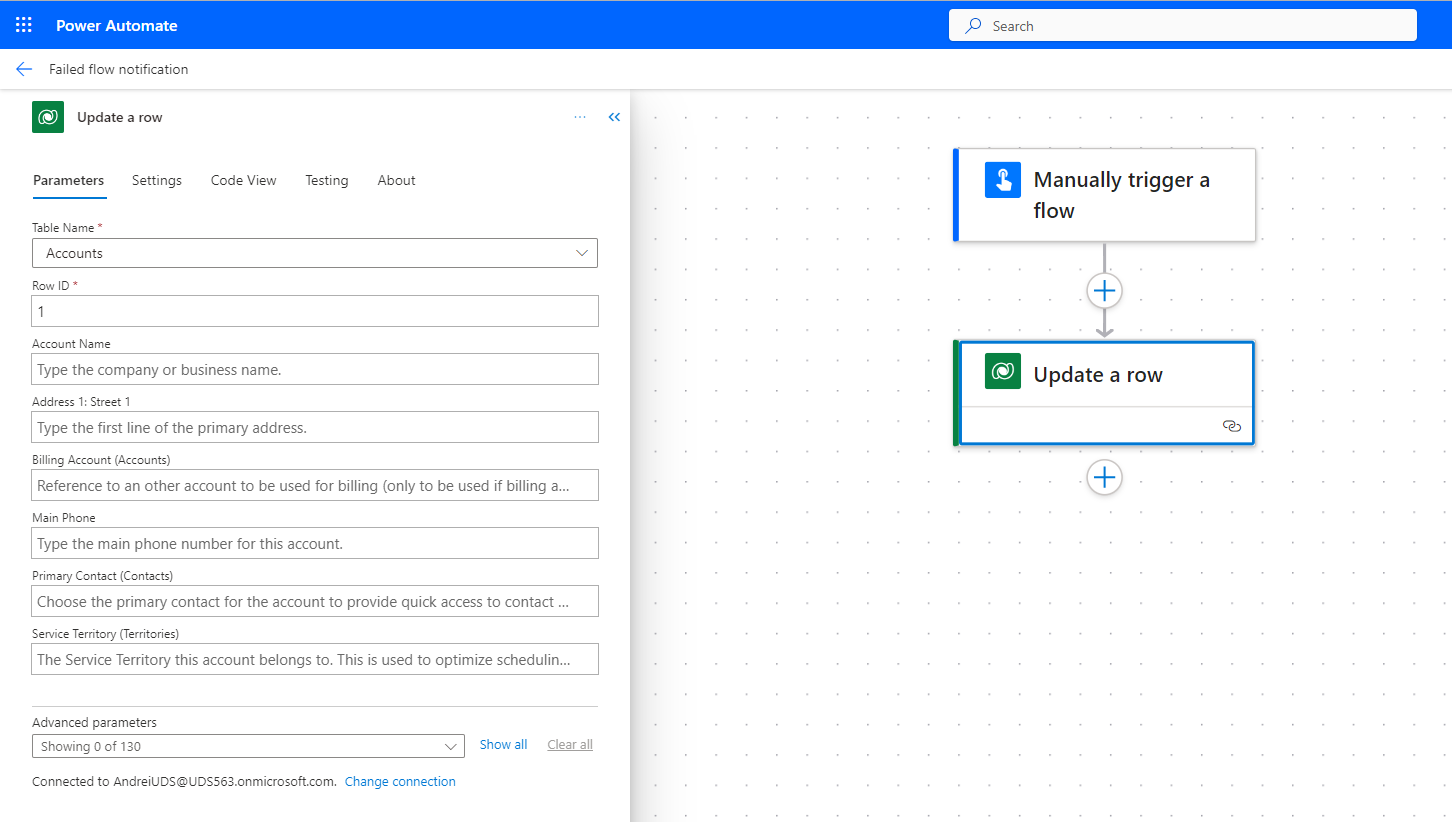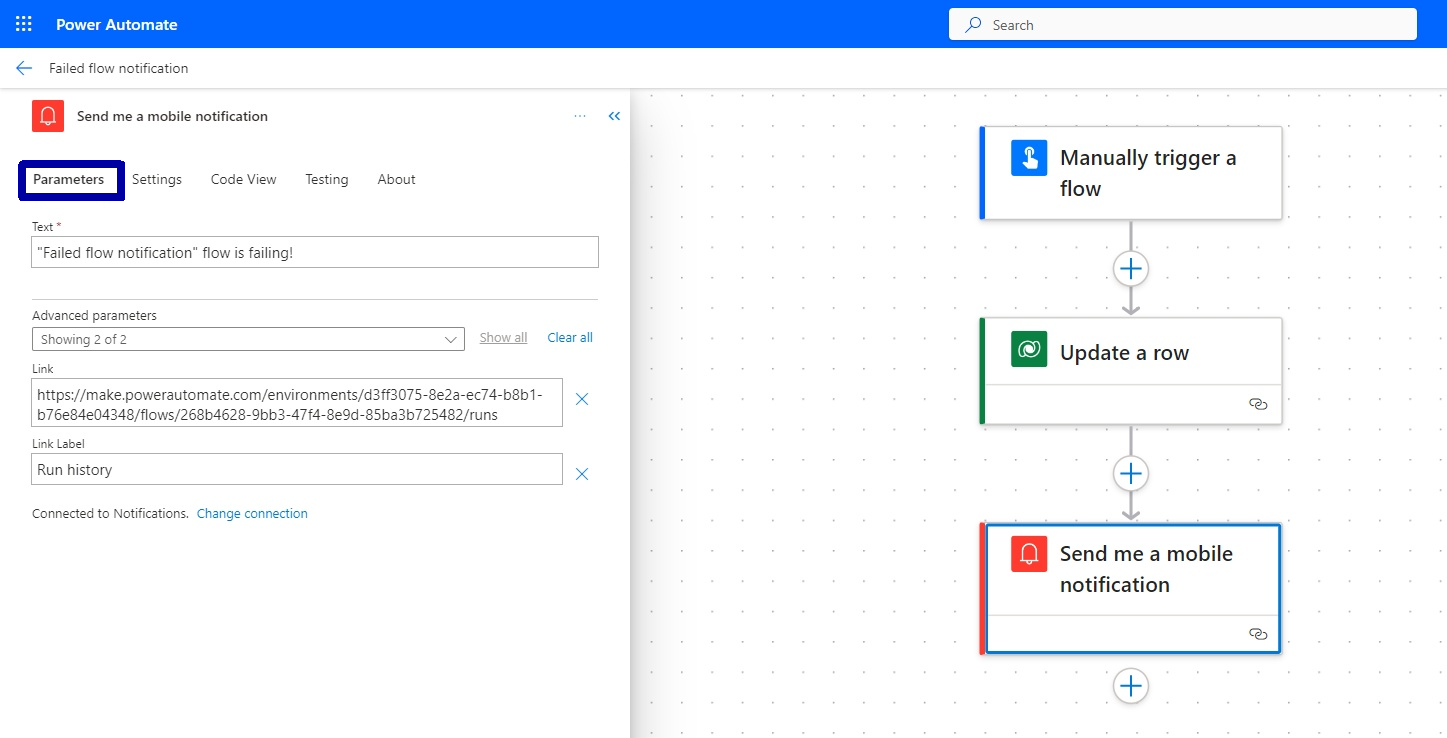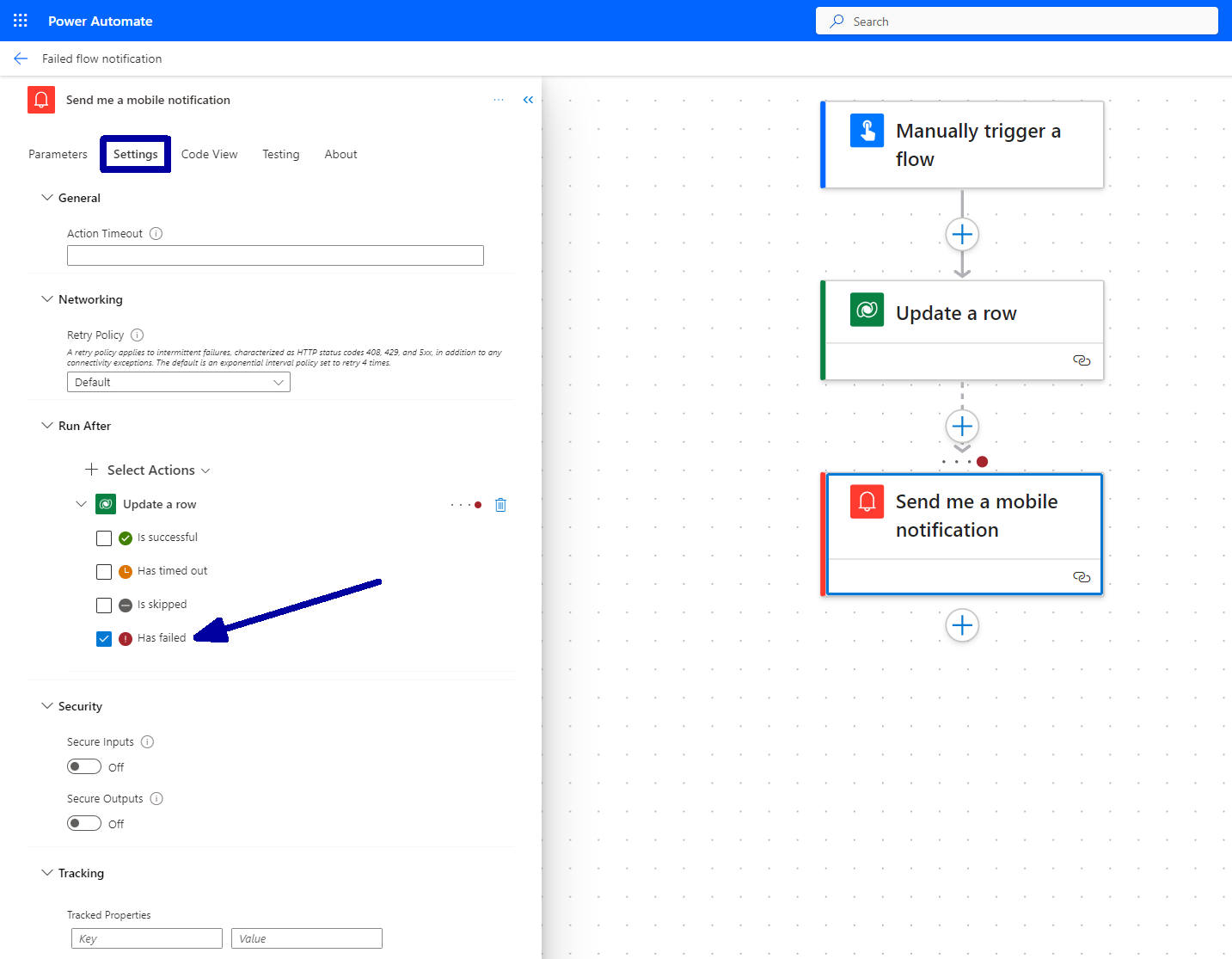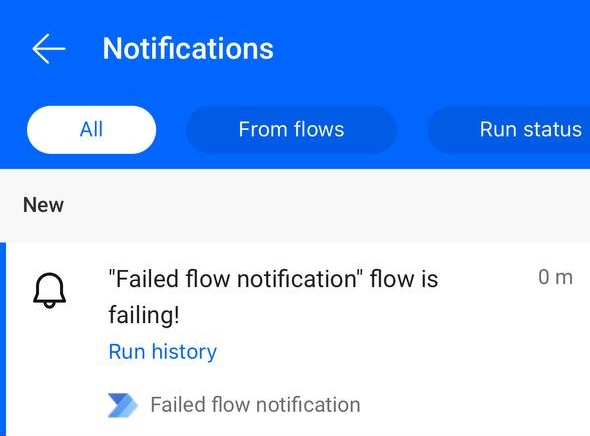Introduction
Efficient workflows today heavily depend on smooth automation. However, even well-designed processes can face issues. That's where Power Automate comes in – a powerful tool that orchestrates tasks across different applications. Its ability to quickly alert developers about any problems sets it apart.
In the world of Power Automate, keeping operations smooth means getting immediate mobile notifications. Imagine a crucial process hitting an unexpected snag; instead of being unaware, developers instantly receive alerts on their mobile devices.
In this article, I'll guide you through setting up a straightforward notification system to achieve this goal.
Requirements
Before we begin, make sure to:
1. Install the Power Automate mobile application.
2. Log in to the application.
3. Ensure that your phone's notification settings allow notifications from this app.
Step-by-step Setup Guide
If you're following the Power Automate flow configuration tutorial, I assume you have the necessary licenses and access rights for the setup.
1. Suppose you already have a flow you want to receive notifications about. For this demonstration, I'll use an intentionally broken Instant Cloud flow. My flow will be triggered manually, attempting to update a non-existing Account in CRM (using 1 as a Row ID).

2. Next, add a step to send a notification, but only if the Update step fails. Add a "Send me a mobile notification" action. On the Parameters tab, provide text for the notification. While the Link and Link Label fields can contain a link to the page with flow run history, they are optional.

3. On the Settings tab of the same action, scroll down to the Run After section. Expand the "Update a row" item and select the "Has failed" option. This setup ensures that the "Send me a mobile notification" action will occur only if the "Update a row" action fails.

4. Don't forget to save your flow and run it. Within a second or two after the notification step is triggered, you'll receive a notification on your phone.

Clicking on the notification opens the Power Automate mobile application with the "Run history" link, redirecting you to the flow run history page (only if you filled in the Link and Link Label fields in step 2).

Power Automate mobile notifications advantages
Instant mobile notifications for failed flows in Power Automate offer several advantages:
• Real-Time Awareness: Swift notifications ensure that developers are promptly informed about any flow issues or failures. This allows them to address problems immediately, minimizing downtime and potential operational impacts.
• Faster Response Time: Mobile notifications enable developers to assess and act on issues from anywhere, even when away from their workstations. This ensures continuous support regardless of location, significantly reducing the time needed to diagnose and fix problems.
• Improved User Experience: Rapid issue resolution leads to a smoother experience for end-users affected by the failed flow, minimizing disruptions and contributing to a positive user experience.
• Proactive Maintenance: Immediate notifications enable proactive maintenance. Developers can analyze failure patterns and take preemptive measures to prevent similar issues in the future, enhancing overall system stability.
• Efficient Monitoring: Constant monitoring and instant notifications help understand the frequency and types of failures. This data can be used to fine-tune the flow, making it more robust and reliable.
• Customized Alerts: Mobile notifications allow for customized alerts based on severity or type of failure. Developers can prioritize their responses, addressing critical issues first.
Summary
Overall, this guide highlights the crucial role of Power Automate in strengthening workflows through smooth automation. It introduces the idea of instant mobile notifications for failed flows, showcasing how developers can promptly stay updated on any issues in their automated processes. With efficient monitoring and personalized alerts, Power Automate enables developers to quickly address critical issues, enhancing the overall reliability and strength of automated workflow systems.

